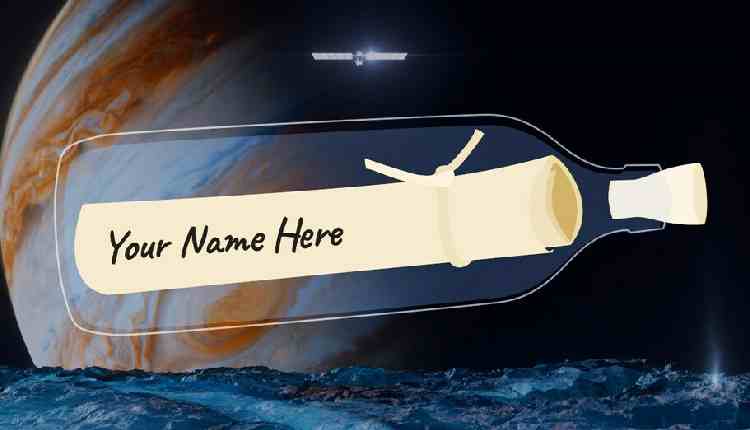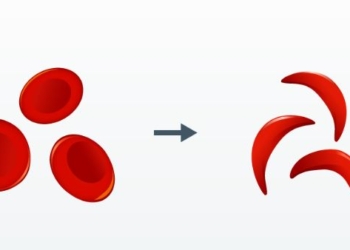Washington: NASA has launched a new campaign offering the public the opportunity to have their name stencilled onto a microchip, which will ride aboard NASA’s Europa Clipper spacecraft next year.
Europa Clipper spacecraft is scheduled for journey to Jupiter and its moon Europa in October 2024.
As part of the ‘Message in a Bottle’ campaign, names received before 11:59 p.m. EST, December 31, 2023, will be stencilled onto a microchip, along with the poem, written by US Poet Laureate Ada Limon and titled “In Praise of Mystery: A Poem for Europa”, the space agency said in a statement.
The poem and the names will be like a message in a bottle, travelling billions of miles as the mission investigates whether the ocean thought to lie beneath Europa’s icy crust could support life.
Participants can also create and download a customisable souvenir — an illustration of your name on a message in a bottle against a rendering of Europa and Jupiter — to commemorate the experience. Participants are encouraged to share their enthusiasm on social media using the hashtag #SendYourName.
“‘Message in a Bottle’ is the perfect convergence of science, art, and technology, and we are excited to share with the world the opportunity to be a part of Europa Clipper’s journey,” said Nicola Fox, associate administrator for NASA’s Science Mission Directorate in Washington, in a statement.
“I just love the thought that our names will be travelling across our solar system aboard the radiation-tolerant spacecraft that seeks to unlock the secrets of Jupiter’s frozen moon,” he added.
Previously, NASA had enabled tens of millions of people to send their names to ride along with Artemis I and several Mars spacecraft. It draws from the agency’s long tradition of shipping inspirational messages on spacecraft that have explored our solar system and beyond.
Like NASA’s Voyagers’ Golden Record sent a time capsule of sounds and images to communicate the diversity of life and culture on Earth, the new programme aims to spark the imagination of people around the world.
Europa Clipper, which is currently being assembled at JPL, will travel 2.6 billion kilometres to reach the Jupiter system, where it will arrive in 2030.
As it orbits Jupiter and flies by Europa about 50 times, it will log another 800,000 kilometres while a suite of science instruments gathers data on the subsurface ocean, the ice crust, and the moon’s atmosphere.
Europa Clipper’s main science goal is to determine whether there are places below the surface of Europa that could support life. The mission’s three main science objectives are to understand the nature of the ice shell and the ocean beneath it, along with the moon’s composition and geology.
(IANS)














